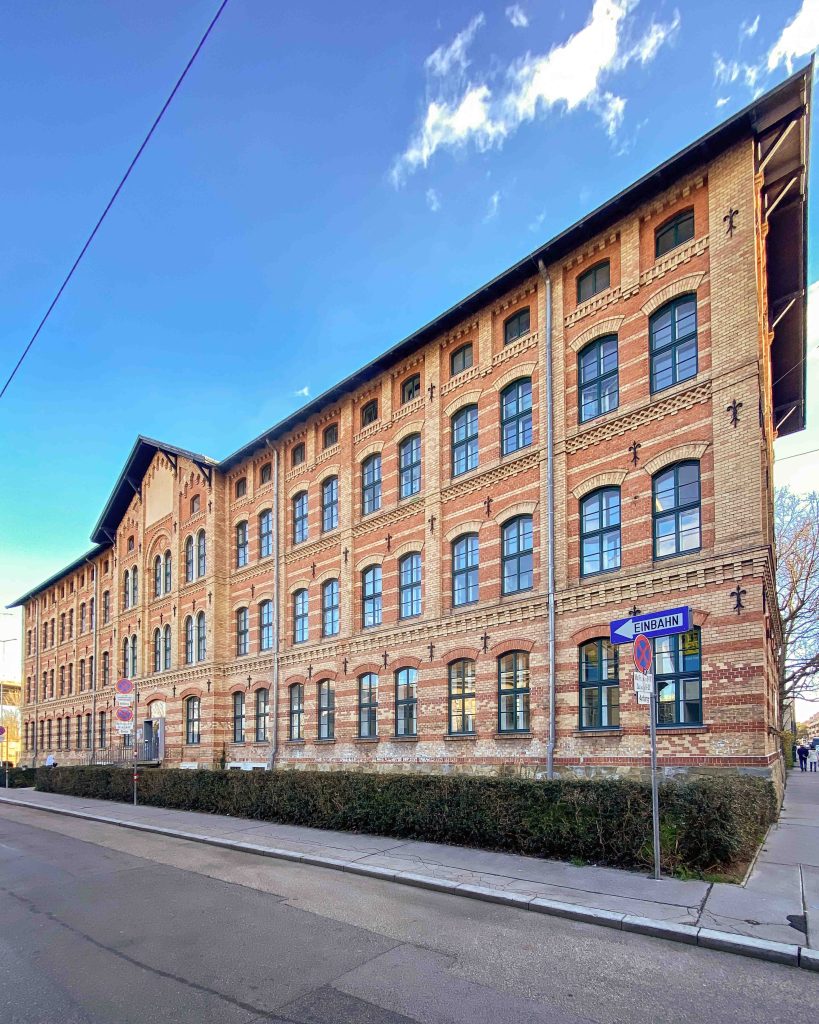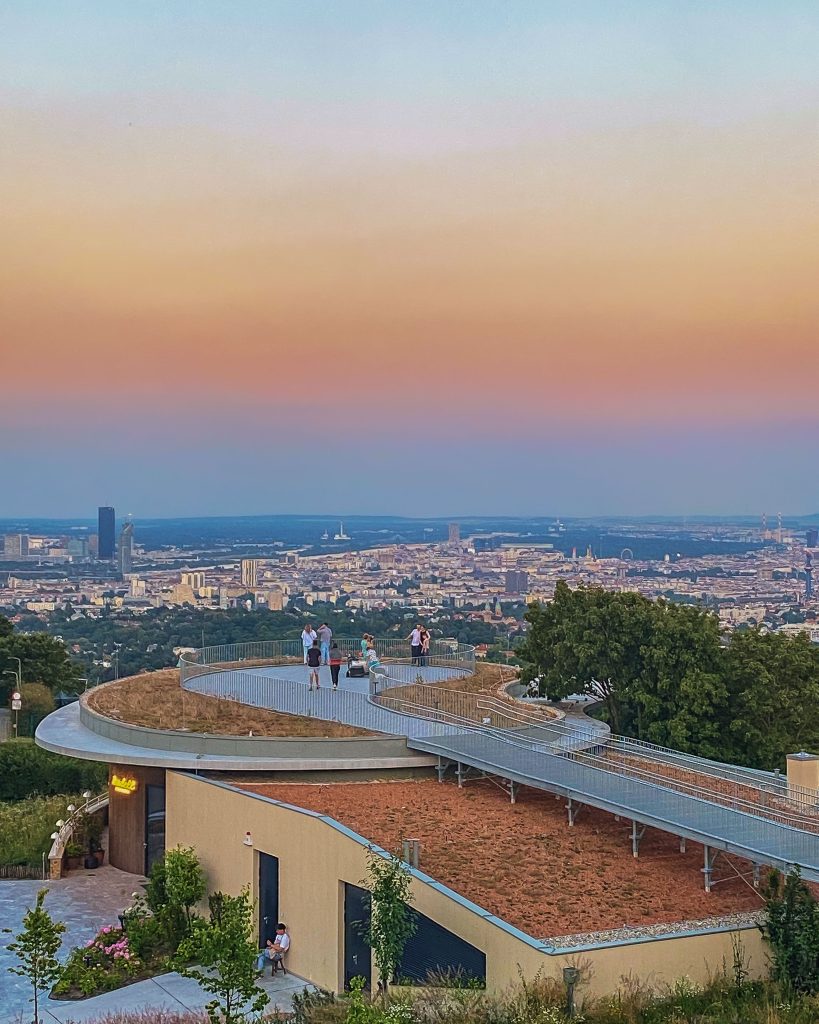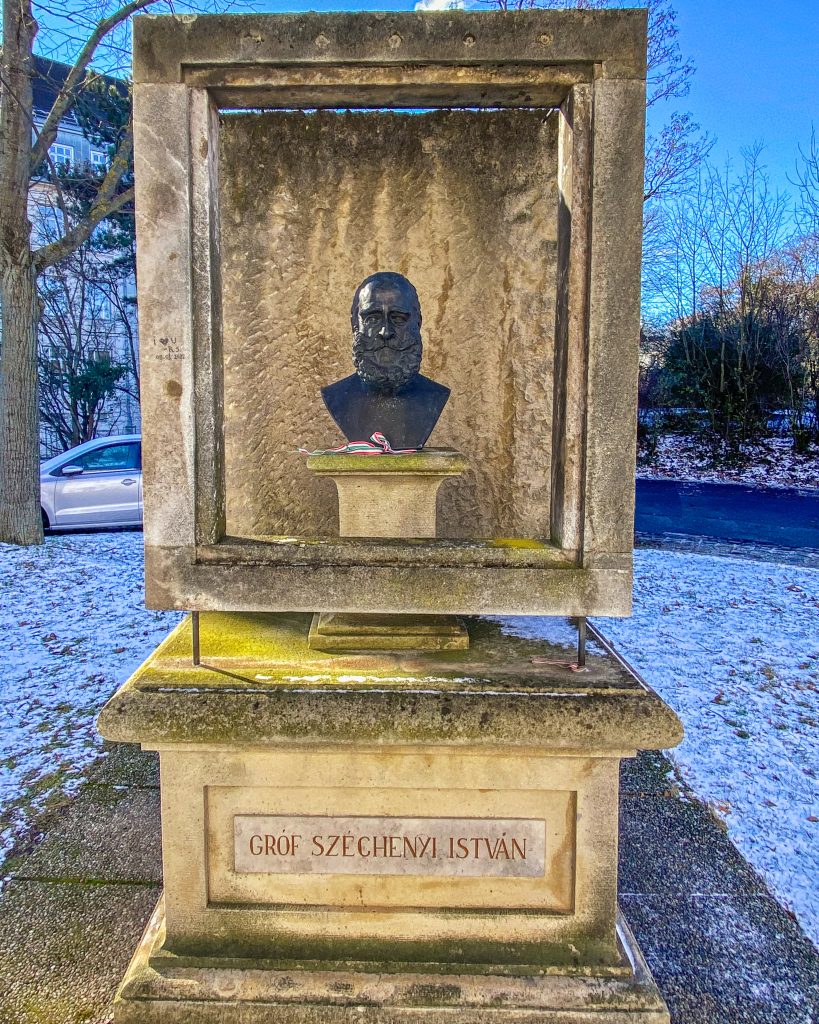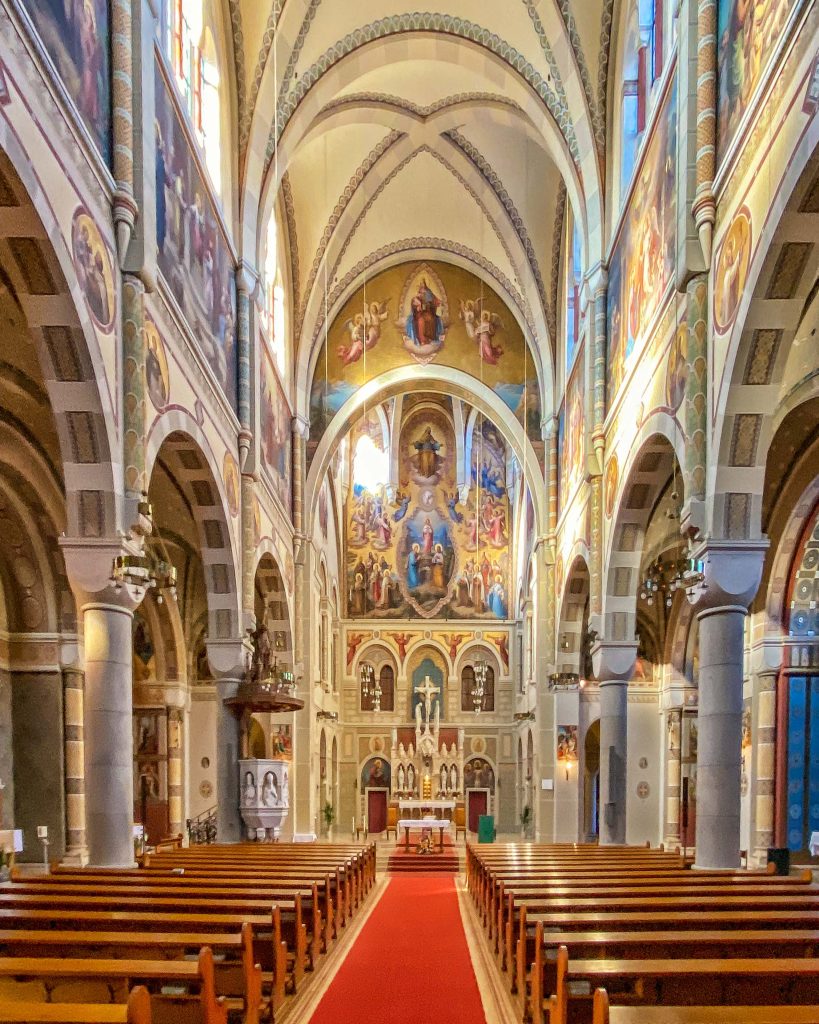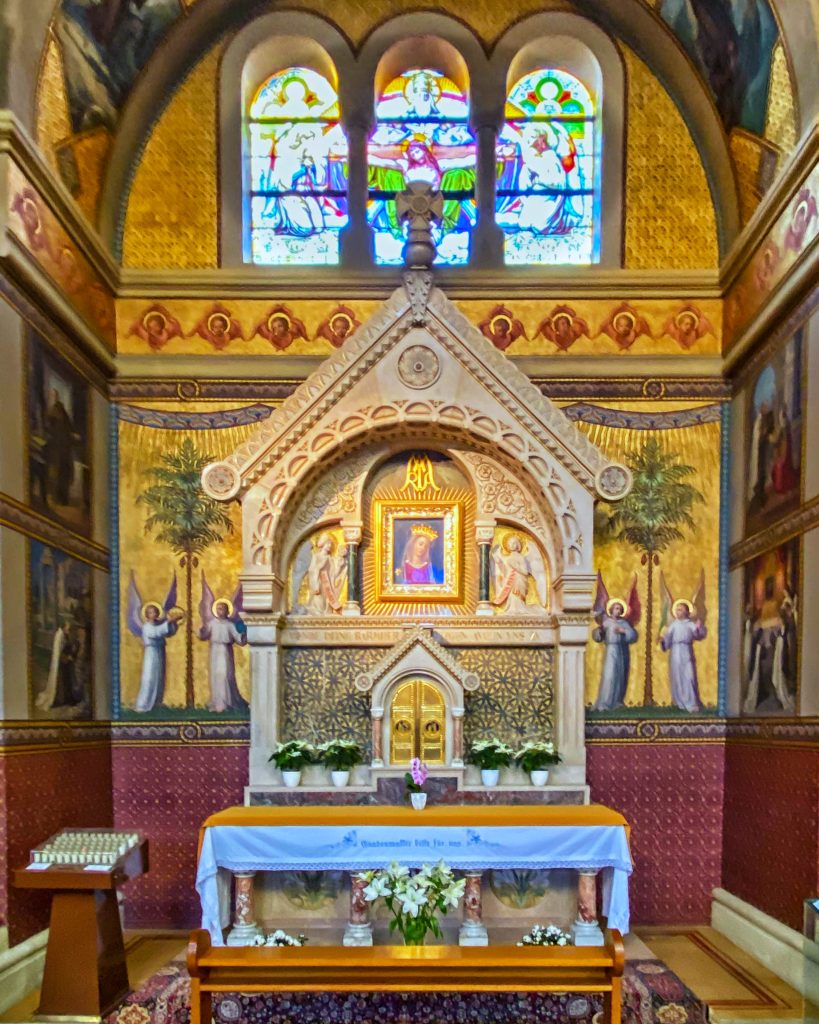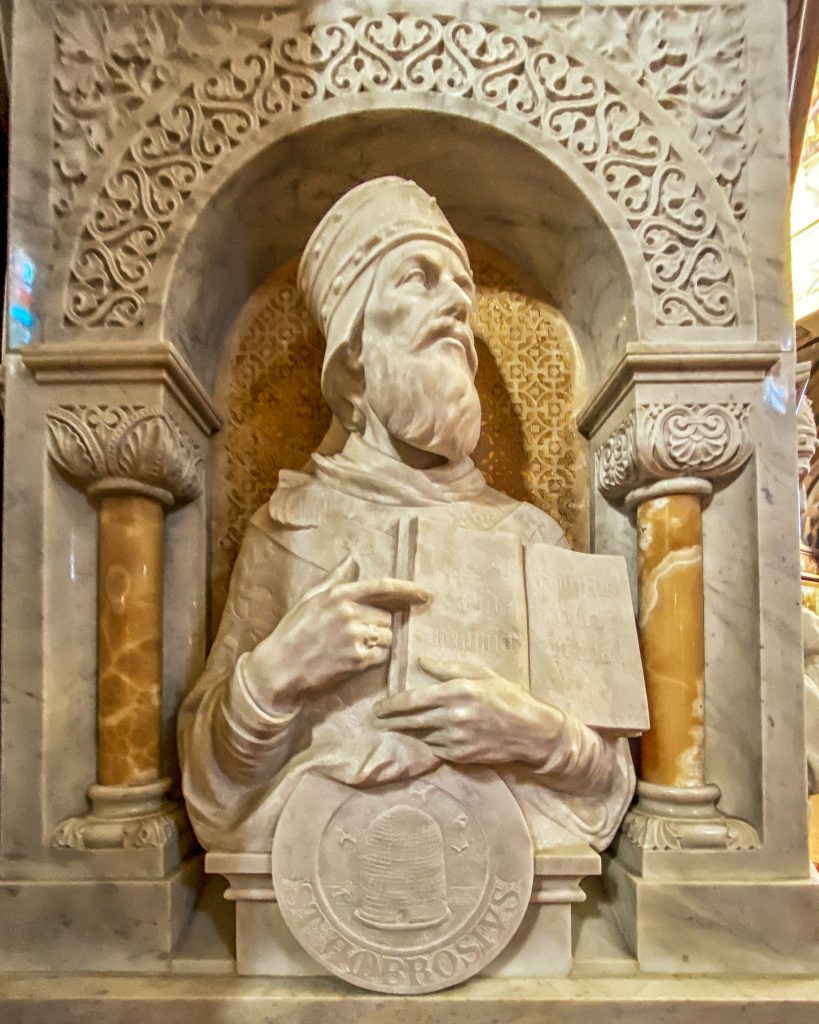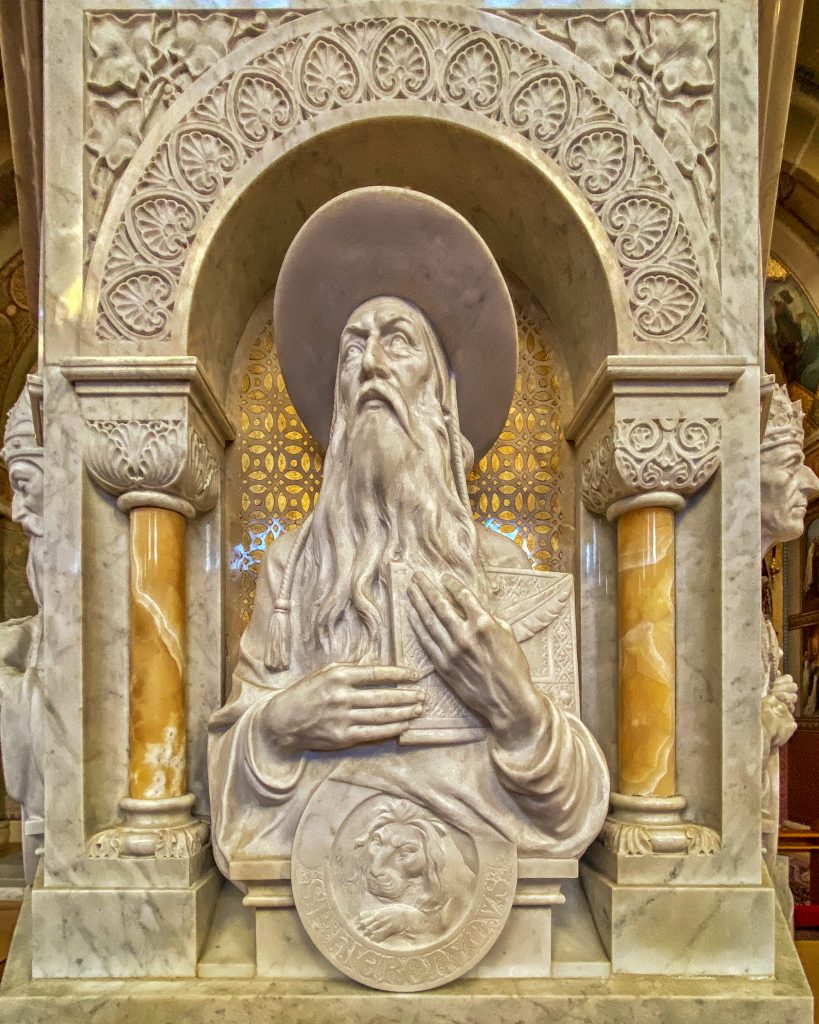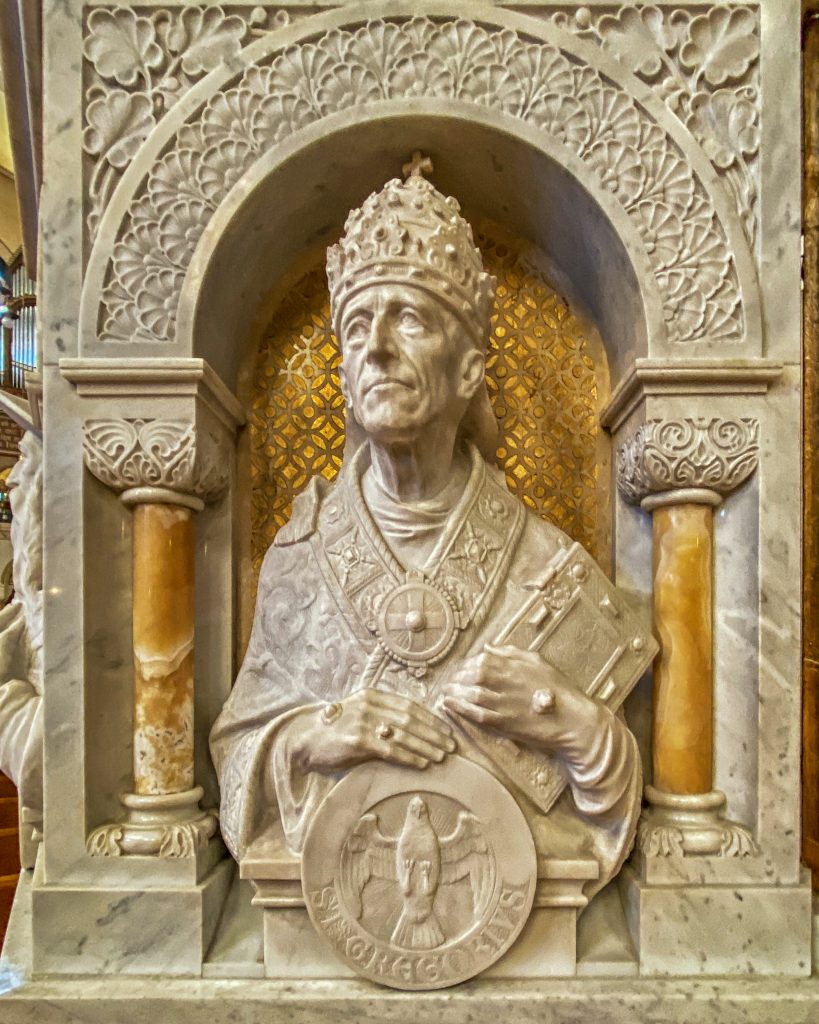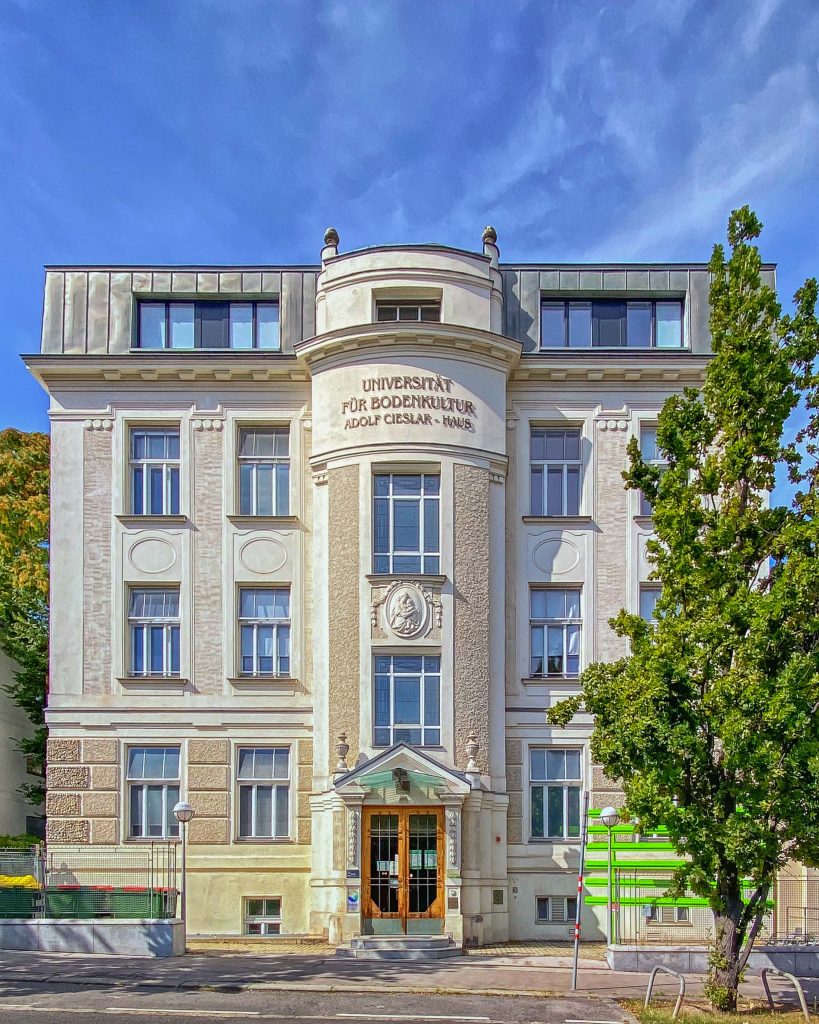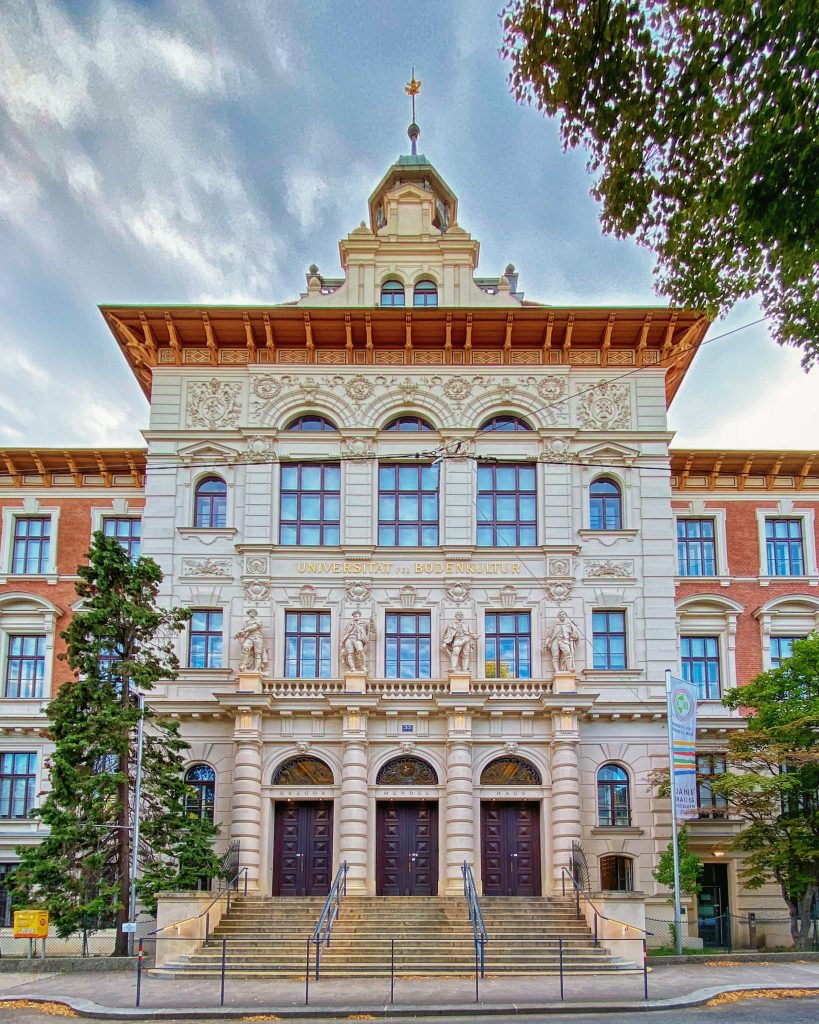Wertheimsteingarden
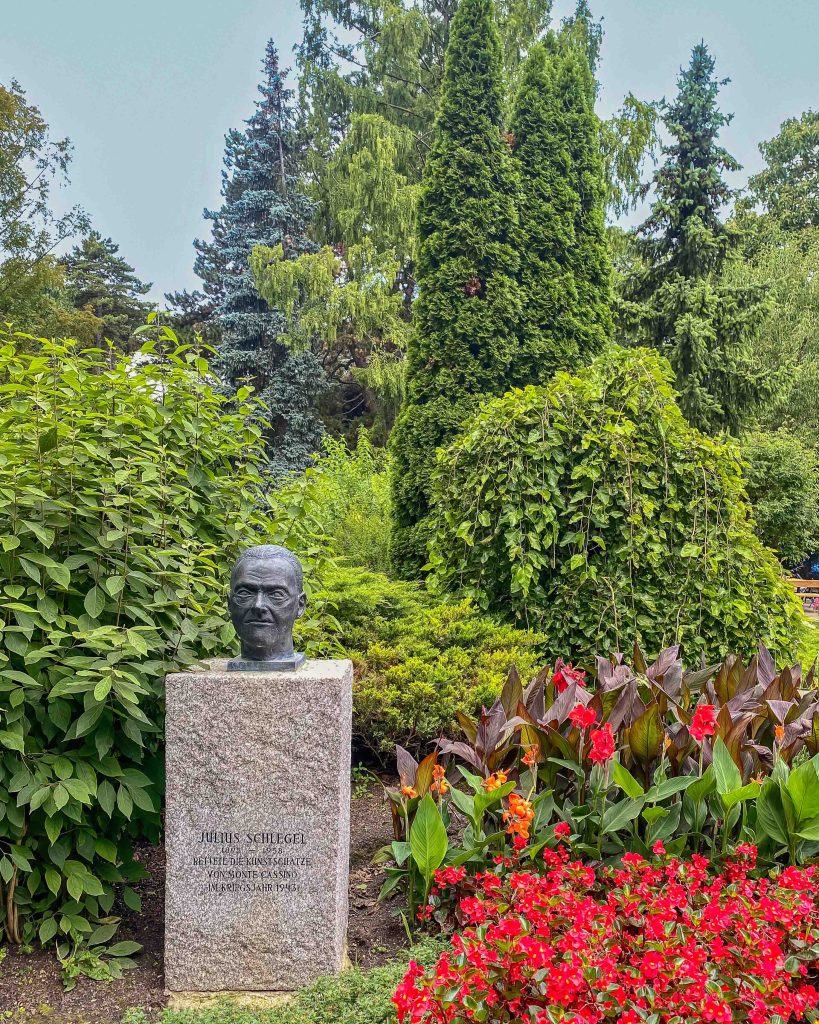
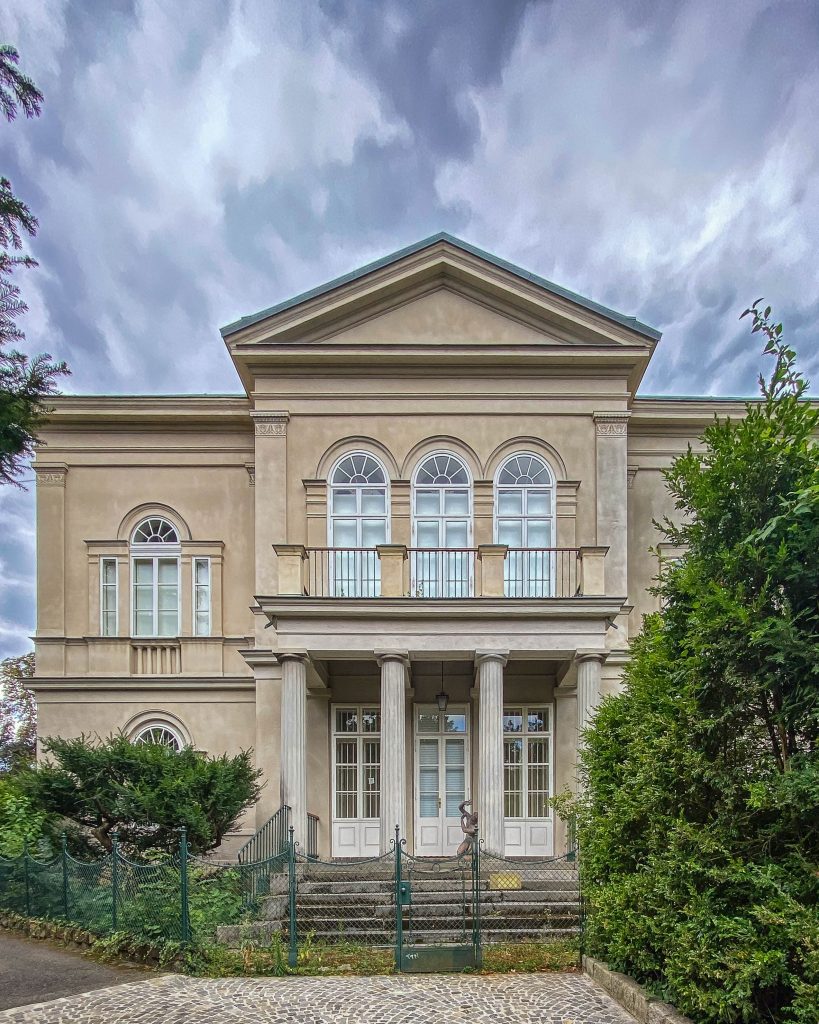
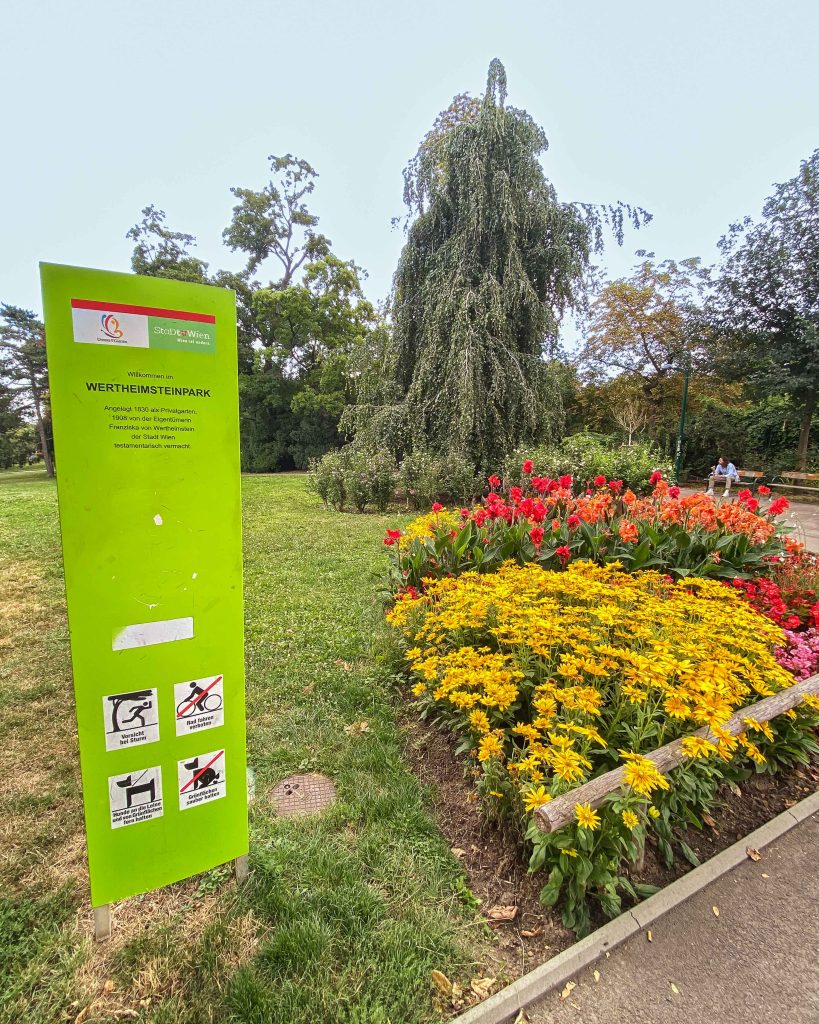
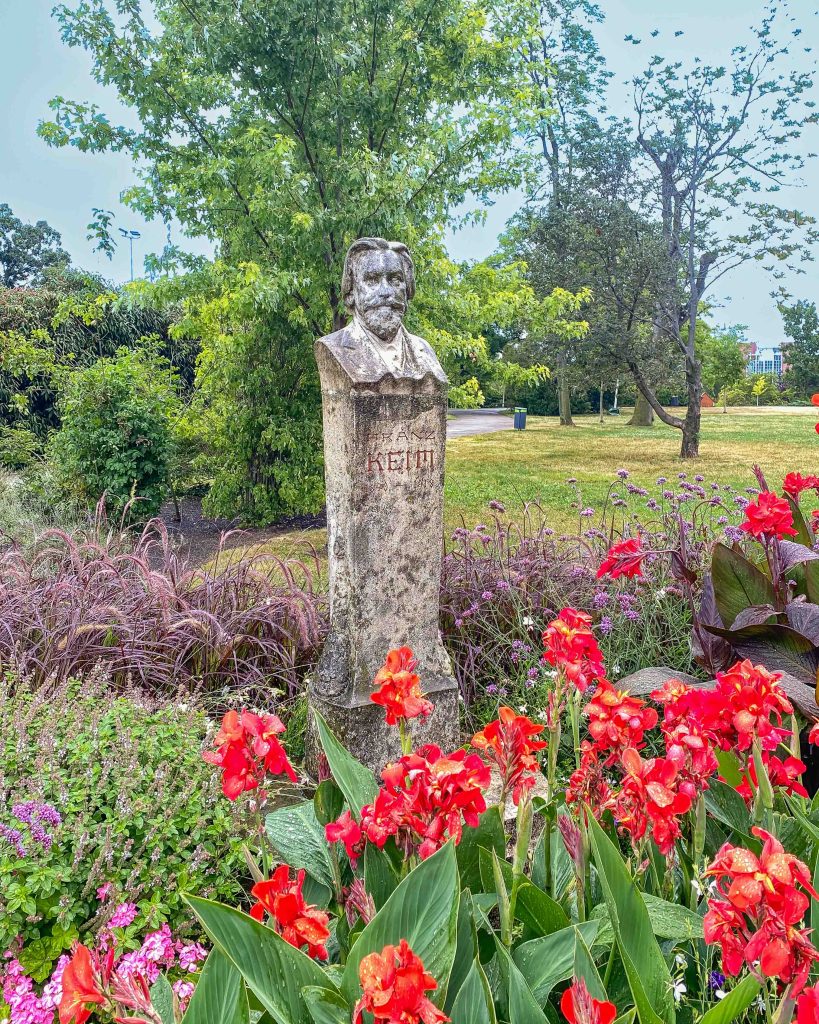
The almost 62,000m2 Wertheimsteingarden in Oberdöbling in the 19th district was created as early as 1835 by the Austrian textile manufacturer, art collector and patron Rudolf von Arthaber as a private garden with a country house, the Villa Wertheimstein. After his death, Leopold von Wertheimstein acquired the park and villa in 1867, and 50 years later his daughter Franziska bequeathed the estate to the City of Vienna. In 1967, the Döbling District Museum was established in the villa and a wine museum was set up in the adjoining “Nonnenstöckl”.
A number of statues in the park still commemorate the salon as a central meeting place for liberal personalities in Vienna, which was founded by her mother Josephine. In addition to the writers Ferdinand von Saar, Franz Keim and Eduard Bauernfeld, there is also a bust of the Austrian officer and politician Julius Schlegel, the “savior of the art treasures of Montecassino” from the Nazis.
The charming park, which slopes steeply down to the former Krottenbach valley and Danube Canal valley, is home to many old and exotic plants, a garden for the blind created in 1959 (only partially preserved) and, since 1992, a biotope for lizards.
